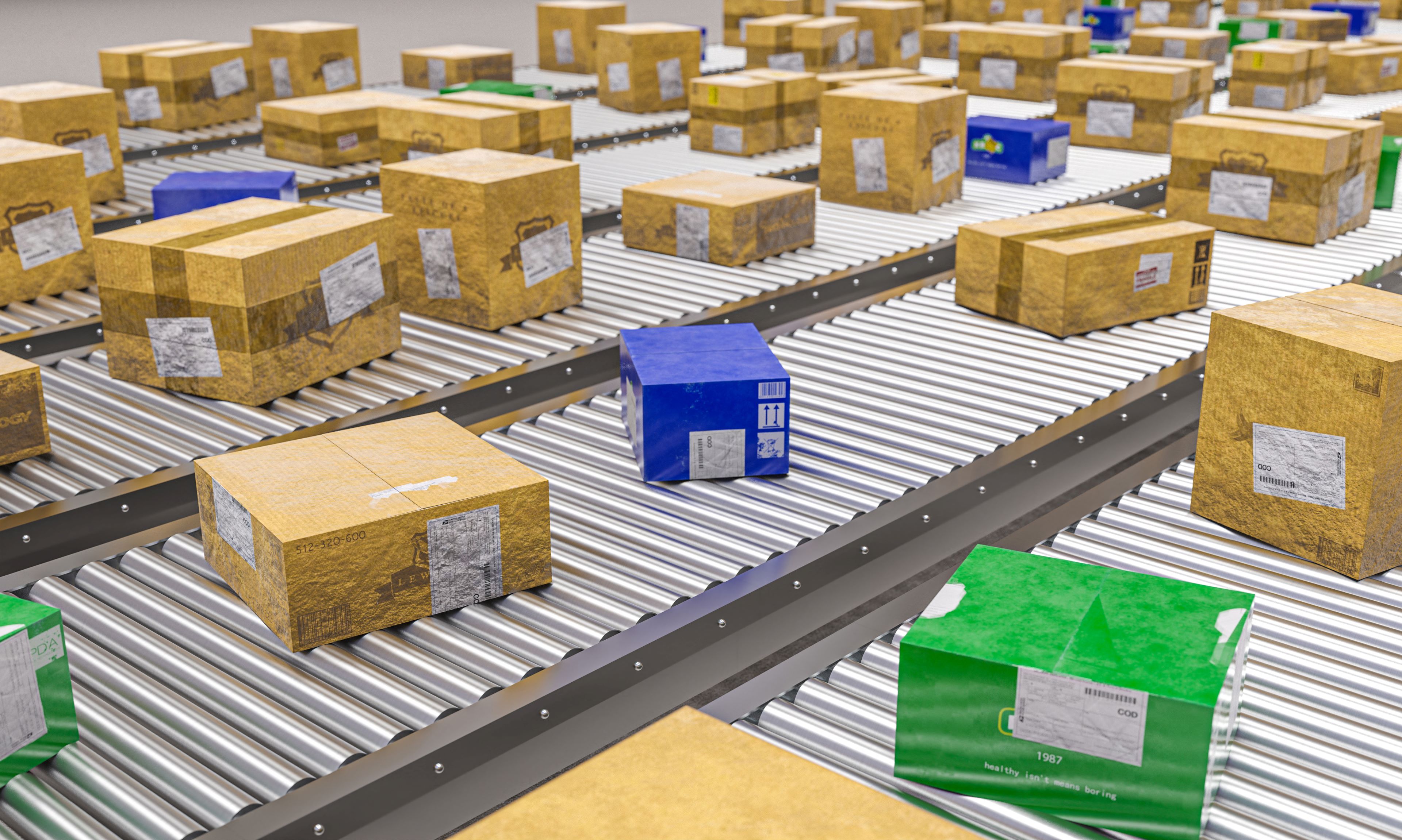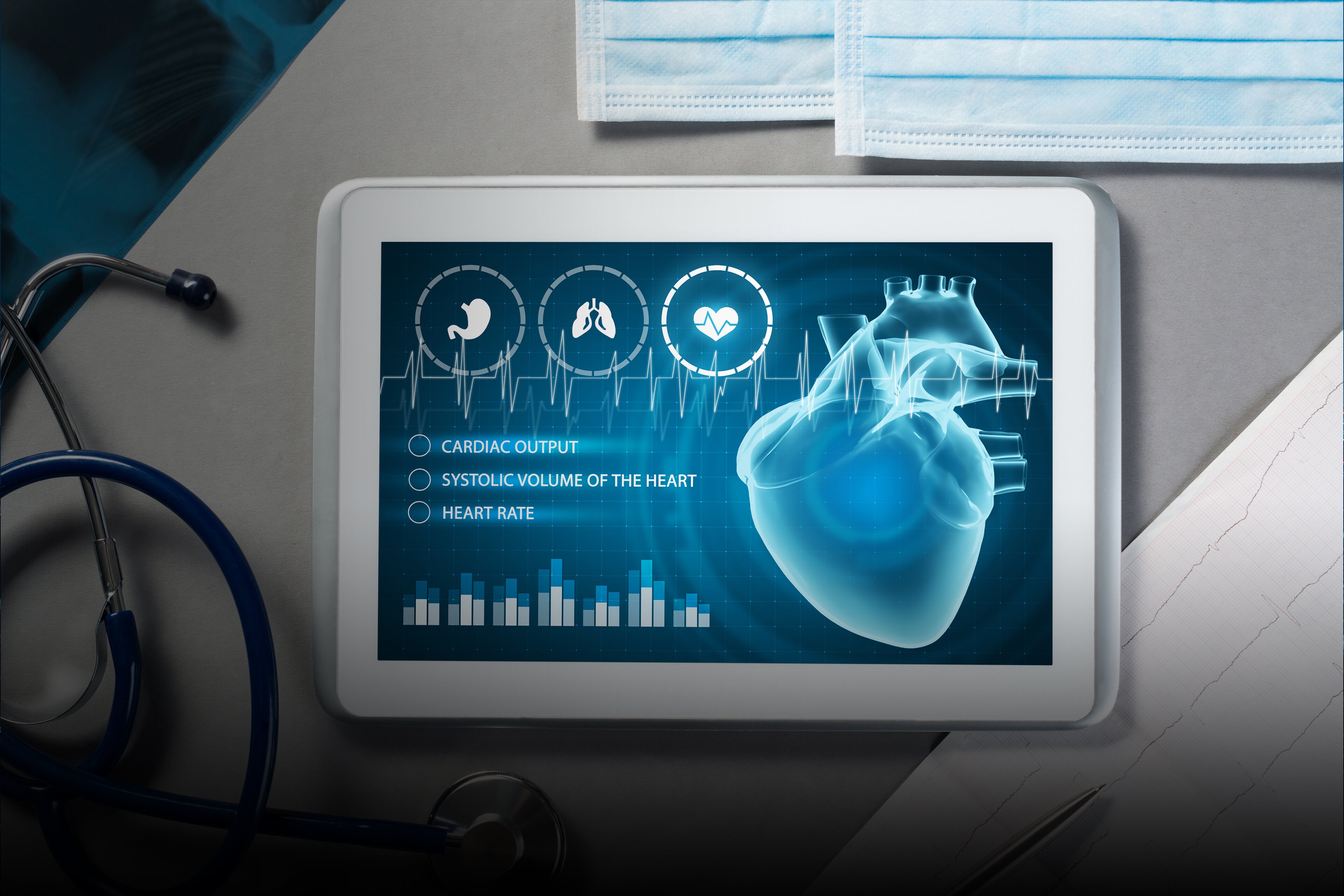EY refers to the global organization, and may refer to one or more, of the member firms of Ernst & Young Global Limited, each of which is a separate legal entity. Ernst & Young Global Limited, a UK company limited by guarantee, does not provide services to clients.
A wide range of technological innovations, including the industrial Internet of Things (IIoT), machine learning (ML), analytics, virtualization, and robotics, have fueled the rise of smart, automated industries in the past few years. With the increase of IoT sensors, the rollout of 5G, and deployment of edge cloud in factories, there will be an enormous amount of data available that can be collected and analyzed to optimize existing processes as well as improve quality, efficiency, and most importantly, turnover.
However, many of these technologies were stuck in pilot stages or were struggling to grow in potential, until the COVID-19 pandemic pushed manufacturers and factories to harness their true power. Industry 4.0 solutions allowed multiple organizations to ensure business continuity, quality, delivery times, and employee safety as well as reduce wastage.
Companies that had scaled up on Industry 4.0 before the pandemic found themselves better positioned to respond to the crisis, while others had to re-evaluate the progress of their digital transformation. The pandemic, however, created an environment that spurred the adoption of more ROI-based strategies for Industry 4.0 technologies, such as AI-based IoT platforms, digital twins, advanced robotics, and visual analytics.
According to Allied Market Research, the global digital manufacturing market may reach US$1,370.3 billion by 2030, from US$276.5 billion in 2020, registering a CAGR of 16.5%. Another report, by Manufacturing Leadership Council, indicates 58% of manufacturers in a survey either already have extensive digital plant floor networks or will have them within two years.
Companies have realized that the 'smart' and connected production systems that are designed to sense, predict, and interact with the real world can not only increase productivity, energy efficiency, and sustainability but also avoid sudden shutdowns of manufacturing facilities or disruptions in raw material supply. Recognizing the advantages, industries are becoming more digital to create new and innovative business models while remaining competitive. They are reorienting the way factories, production, warehouses, and logistics function.
There are numerous digital solutions redefining Industry 4.0, but two of the most prominent trends are the rollout of 5G and the adoption of digital twins.
The 5G push
The introduction of 5G connectivity will be key to the future of Industry 4.0. 5G enables high speed of data transmission, negligible latency, improved connectivity, capacity, and bandwidth, plus enhanced safety and security, which will pave the way for a myriad of new innovations and digital solutions that were not possible before.
In a market reliant on data-intensive machine applications, 5G will enhance the effective use of automated guided vehicles (AGV), AI-enabled robots, visual analytics through computer vision and many other smart factory solutions. India has already embarked on its transformation journey through 5G. A leading Indian telecom player has shared its plans to transform the country utilizing various 5G solutions across different sectors such as agriculture, manufacturing, healthcare, life sciences, and more. From intelligent farming with precision spraying drones, remote diagnostics in healthcare, and AI-enabled smart manufacturing to ultra-HD streaming and zero-latency gaming in homes, 5G will transform the world we currently live in.








